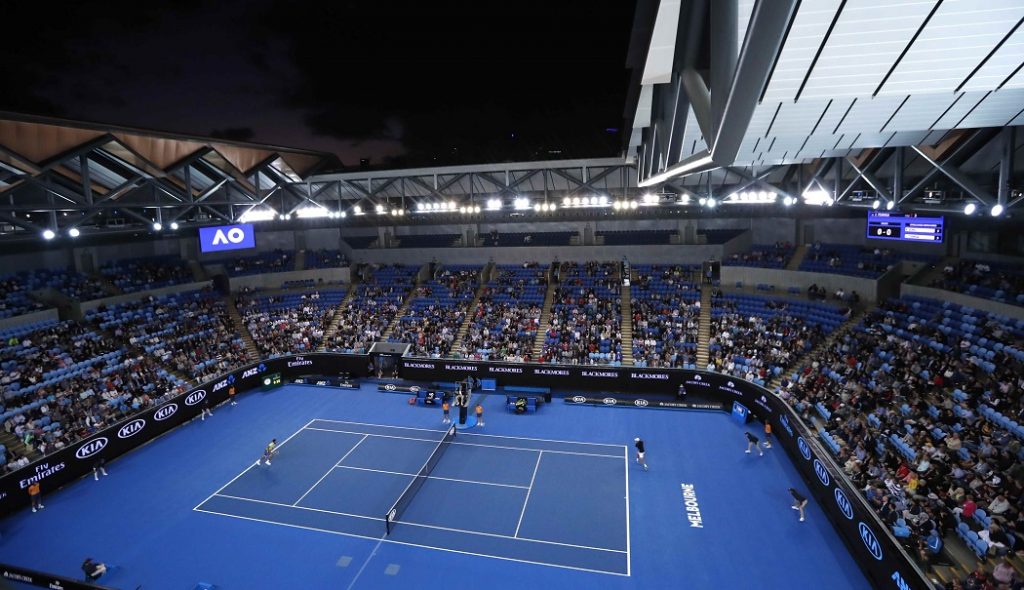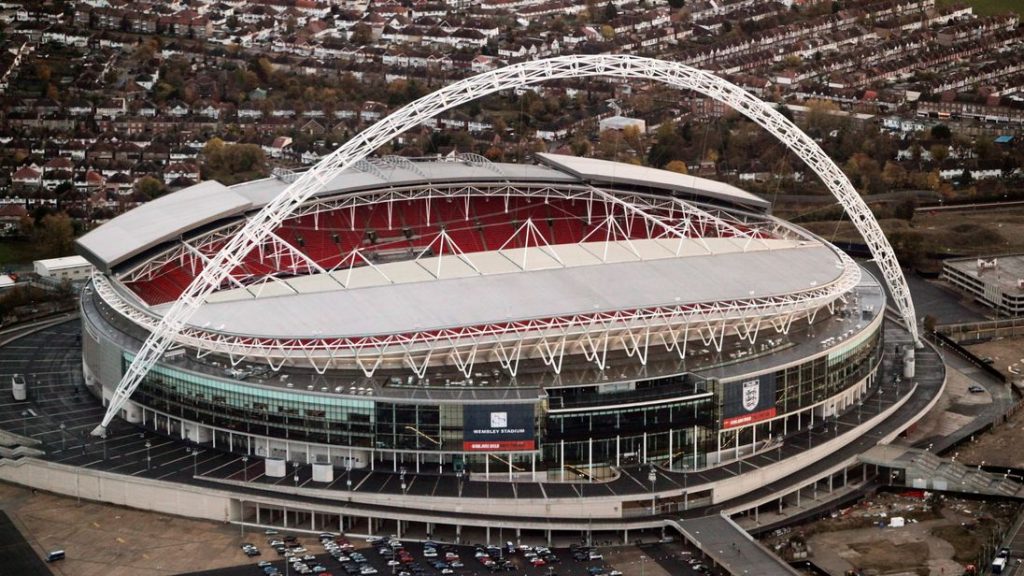A Tale of Three Cities: The Best & Worst Of Times for Sport In Countdown To Tokyo Olympic Games
April 27, 2021
Michael Pirrie reflects on a weekend for sport like no other in the pandemic and fight against Covid.
Just as Charles Dickens wrote in his Tale of Two Cities, the past weekend has seen possibly the best and worst of times for sport and the world since the start of the pandemic.
The best of times for sport as record crowds ventured back to major venues in two of the world’s sporting capitals, in London and Melbourne.
And the worst of times too as the global death toll and infections from the pandemic also reached new levels while vaccination rates and supplies struggled to keep up.
It was the Dickens epoch of belief and of incredulity too.
India was overwhelmed and suffering due to a lack of hospital oxygen supplies and record highs of new daily infections while the Indian Premier League cricket competition played on through the unprecedented doomsday-like scenario.
“These were times of dark contrast for global sport and a world in deep and prolonged Covid crisis, as Wembley hosted the League Cup final in front of 8,000 spectators.”
Meanwhile, Japan’s Olympic Games build-up continued even as virus infection levels have surged.
These were times of dark contrast for global sport and a world in deep and prolonged Covid crisis, as Wembley hosted the League Cup final in front of 8,000 spectators who created history just by turning up.
NEW POSSIBILITIES
After almost a year of ghost games the spiritual home of football slowly came alive again.
With infection levels dipping dramatically across Great Britain in recent weeks, this was the biggest post-Covid gathering of football fans in the UK since the pandemic emptied cities and stadia across Europe.
The audience of 8,000, capped for Covid safety, also provided a glimpse of the road ahead for sport post pandemic.
“Football fans needed a negative Covid-19 test – which Olympic ticket holders might also need in Tokyo if limited domestic spectators are allowed to attend.”
Tickets alone were not enough to be part of the Wembley experience. Nor could money or a season ticket secure entry.
Football fans needed a negative Covid-19 test – which Olympic ticket holders might also need in Tokyo if limited domestic spectators are allowed to attend.
Following a winter of despair, the return of fans to Wembley also seemed like it may have come straight from the spring of hope in the Dickens classic.
If Wembley tickets were scarce, getting a seat was much easier at Australia’s own iconic stadium, Melbourne Cricket Ground, which created sporting history on a grand scale this past Sunday.
WORLD RECORD
The modernised former main stadium for the 1956 Olympic Games welcomed nearly 10 times as many fans than Wembley to its local football code known as Aussie Rules.
This was the age of wisdom and the age of foolishness perhaps as well from Dickens.
The sight of endless lines of fans filling level after level of the massive monolith stadium structure, located on the outskirts of Melbourne’s central business district, was staggering.
Like an illusion, this seemed to defy the reality of the pandemic in the wider world beyond the Australian city and country, the images capturing world-wide attention of media and sporting federations, governing bodies and organising committees, including Tokyo Olympic Games organisers.
This was more that a preview of the new normal for sport and society. It was like a return to normal.
The only rules that seemed to apply were on the field of play in Melbourne.

Masks were a rarity and Covid-free passes were not required in the crowd of 78,113. Ticket holders were confined to limited areas inside the stadium to facilitate contact tracing if necessary.
This was the biggest spectator event of the pandemic, eclipsing the 67,000 that attended a Twenty20 cricket contest between India and England in Ahmedabad last month.
Melbourne has not recorded a single locally acquired case of Covid for many weeks, effectively suppressing the virus.
This followed an extremely limited outbreak in some outer areas of the city earlier this year which was quickly contained during the Australian Open Tennis Grand Slam, the first international sporting event of the pandemic with spectators.
Importantly, no cases of covid cross-infection were detected amongst tennis spectators, players nor in communities surrounding the Melbourne tennis venues and facilities.
The return of spectators to Wembley in London and surprising scale of Melbourne’s latest major sporting event is now being closely studied by public health experts, epidemiologists and sporting bodies.
London and Melbourne’s crowds were hard won and achieved only after long and mandatory lockdowns across almost all sectors of their nations.
There have been no cases or traces so far of corona in Melbourne since the Sunday football blockbuster crowd, which defied expectations for a sporting event in a global emergency like the pandemic.
While the Melbourne football phenomenon has set a new benchmark for post pandemic sport, this was more than a sporting event.
It was part of a solemn ritual that combined the twin strands of Australian history and culture that continue to influence its society and place in the modern world – events on the sporting field and battlefield.
Attending the annual 25 April football event is seen as a duty by many Melbournians to honour the fallen men and women of Australia, along with their neighbouring New Zealand comrades involved in modern wars and battles – from Gallipoli to Afghanistan – known as ANZAC (Australian and New Zealand Army Corps).
From a deserted and empty venue last year, the Melbourne stadium’s dramatic transformation over the weekend was surreal and incongruous with the world at war with Covid.
While the blare of sirens marked different stages of the football contest, it was the sound of ambulance sirens and screams for oxygen that pierced India’s suburban landscapes while sports halls provided temporary respite for communities devastated by the ever escalating catastrophe of Covid, a country which is planned to host the ICC’s T20 Cricket World Cup towards the back end of the year.
“The tale of a third city remains unfinished as Tokyo went into another emergency lockdown on Sunday.”
If the weekend’s events in the UK and Australia offered new insights and possibilities into the safety of spectator sport events, the tale of a third city remains unfinished as Tokyo went into another emergency lockdown on Sunday.
The impact of the lockdown, just three months out from the Olympic Games, will decide whether virus transmission can be curbed low enough for domestic residents to safely attend their home Games.
The short term impact of lockdown will also determine the next set of Playbook rules for the Games.
The rules will need to be updated regularly based on the latest available information on Covid levels and trends in the countdown and during the Games.
Michael Pirrie is an international communications strategy advisor and commentator on the Olympic Games and major events; a founding member of the London 2012 Olympic bid, Michael was also executive adviser to the London Olympic Games organising committee and chair, Seb Coe.



